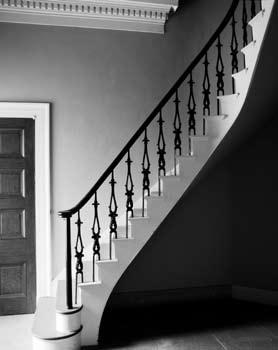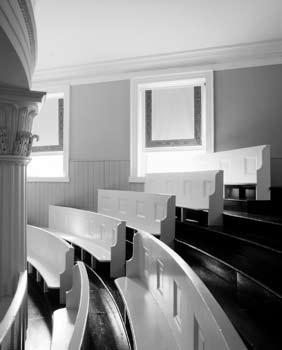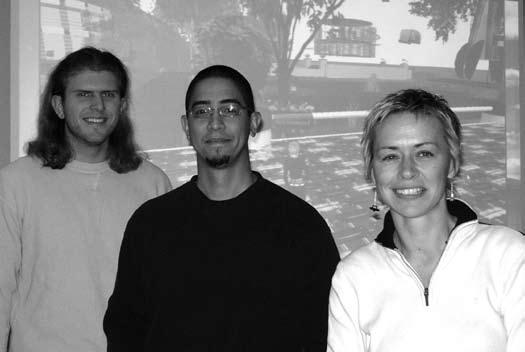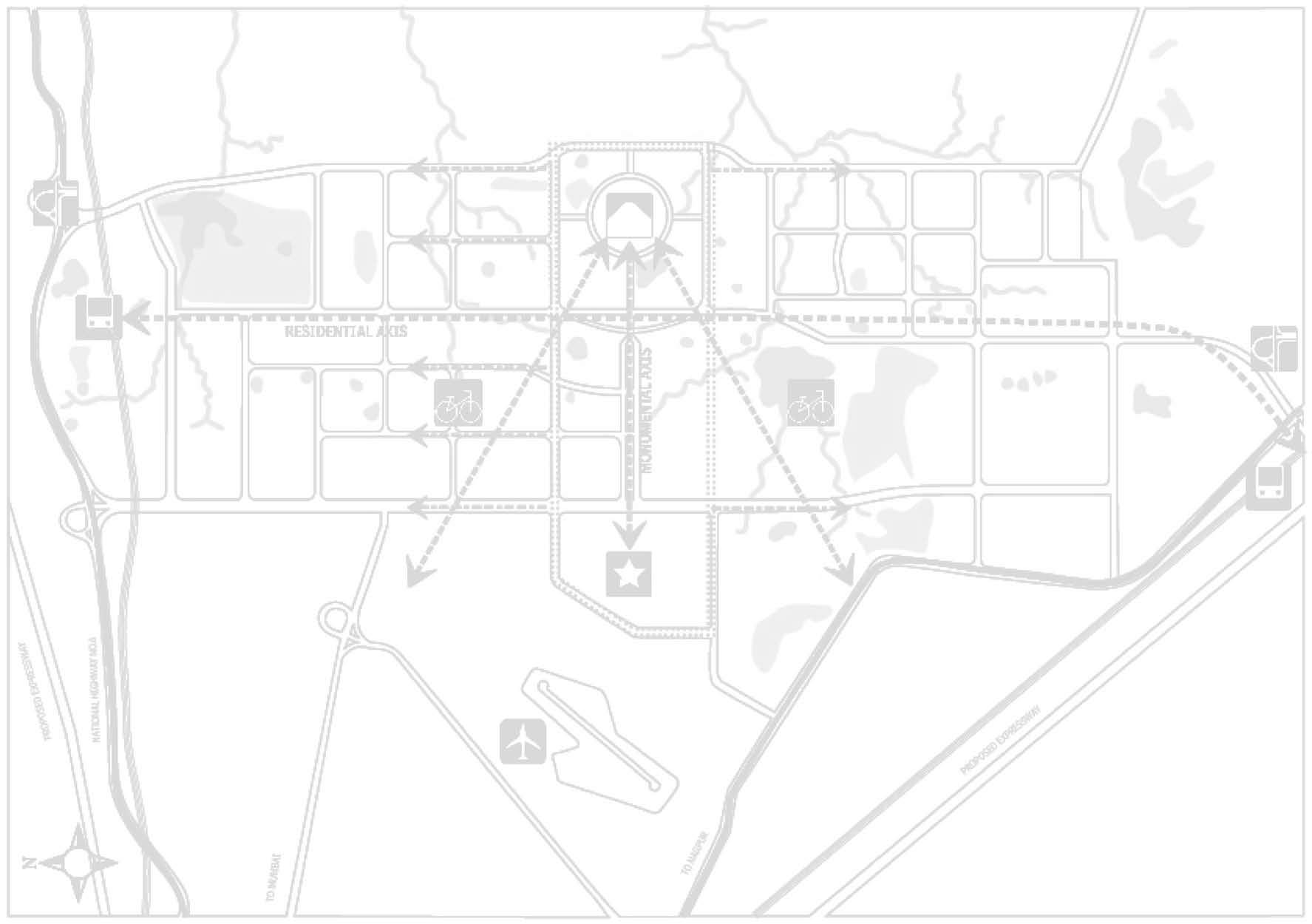
3 minute read
Historic Homecoming: Architectural Photographer John M. Hall
In 1974, armed with a bachelor’s degree in architecture from NC State, North Carolina native John M. Hall moved to New York City, where he found success both before and behind the camera. “I was lucky,” says Hall. “I fell into a great crowd that included Andy Warhol and Andy’s friend, interior designer Jed Johnson. We traveled to see the world, and I always sought to visit the architectural sites.” To earn money for his travels, Hall was a model for a time for Elite Modeling Agency in both Paris and Milan. He settled back in New York in 1980 to concentrate on building a freelance photography business. When he began to take pictures, Hall found he had a good sense ofcomposition, although he admits he didn’t know much technically. He preferred to shoot interiors and architecture because he found these subjects to be “a bit more intellectual.” According to Hall, the interiors photography world in New York was then relatively small. When he started, he was the new kid in town and there was no guarantee ofwork. But he gradually got a portfolio together—“winging it, while learning a lot oftechnique”—and built a commercial client base in New York and beyond.

Advertisement
Now well-established, Hall performs shooting assignments worldwide and his name regularly appears on photographic spreads in such architectural and interiors magazines as Architectural Digest, Elle Décor, Art & Antiques, House Beautiful, Interior Design, Veranda, and The New York Times. Over the years, Hall has also pursued a keen interest in fine art photography, which now commands as much ofhis time as his commercial work. His art photographs have been exhibited frequently in solo and group exhibitions, and are represented in numerous museum and private collections. “Most ofmy fine art pieces are limited editions oflarge scale, ink-jet prints on archival paper—of images ranging from nature to architectural abstractions,” Hall observes.
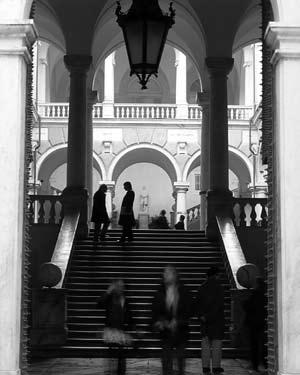

Clockwise from top, left: John M. Hall in his New York studio; three Genoa, Italy images include Palazza Grimaldi Doria, Albergo di Poveri entrance, and view from balcony onto Via Garibaldi.
One assignment Hall particularly enjoyed was the Polaroid-sponsored, award-winning book Greek Revival America. For that project, he traveled to his home state, where his photographs included the N.C. State Capitol. Those pictures earned him praise from Raymond Beck, historian and site manager ofthe Capitol. “John was fascinated by the building and its architecture,” recalls Beck. “Any time he was in town during the restoration ofthe Capitol, John would check in on its progress.” Beck became site manager in 2005 and set out to get really good photographs that captured the essence ofthe restored building. “I knew that John had photographed the collection ofprivate residences and estates owned by Richard Hampton Jenrette in his bookAdventures With Old Houses. I was impressed with his style,” he adds. Hall was engaged to document the Capitol. Later, Beck proposed to Hall that he expand his existing coverage by taking a series ofadditional photographs that could be used for postcards. “Ray wanted a small, elegant portfolio ofsingular images that would lend themselves to the postcard project,” says Hall. “This has been an ongoing collaborative effort,” observes Beck. “John has truly captured the Capitol’s unique and extraordinary architectural features.” The first series ofsix postcards by Hall are available now at the Capitol. Beck hopes to release the second set ofsix postcards in April. “Eventually, we hope to do a photographic guidebook of the Capitol—our first comprehensive souvenir book, which will bring together all ofJohn Hall’s Capitol photographs,” says Beck. “We have been very impressed with John’s work and have established a wonderful relationship.” Hall’s photographs ofthe buildingwill be featured at the North Carolina State Capitol Foundation’s third State Capitol SocietyBall, to be held April 5 atthe Capitol. The event will benefit ongoing educational and restoration programs. For more information, visit www.ncstatecapitol.org. Top to bottom, left to right: N.C. State Capitol – rotunda gallery, 2nd floor; third floor staircase to attic and roof; third floor vestibule (design after Soane); House Chamber – view from Speaker’s rostrum; and House Chamber – public gallery detail.

